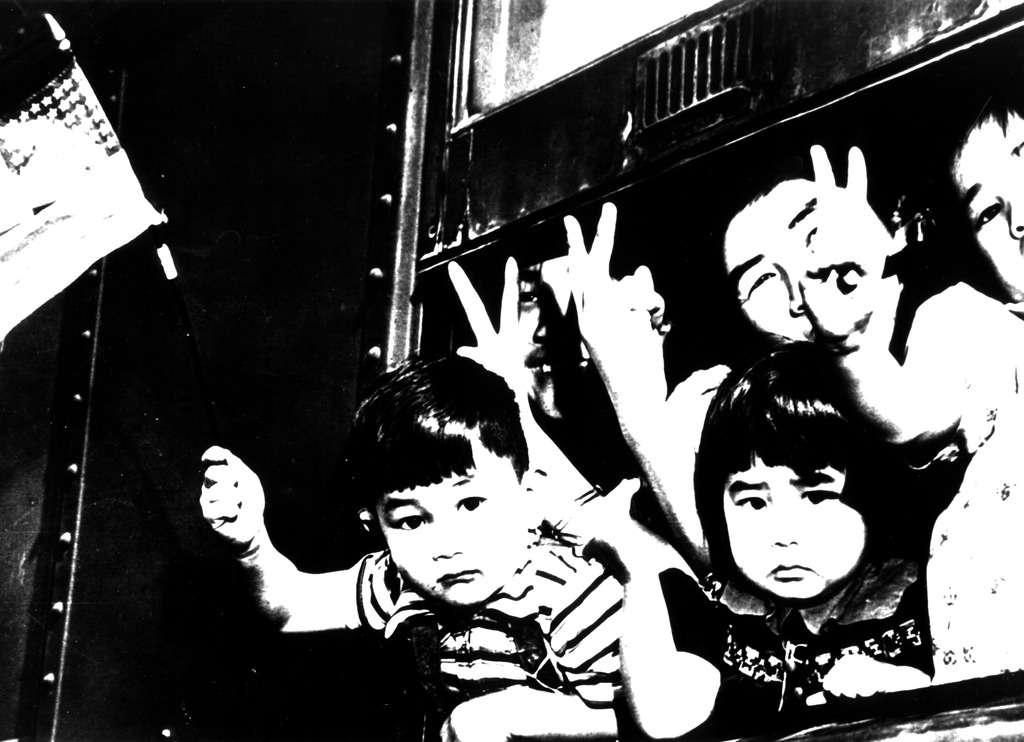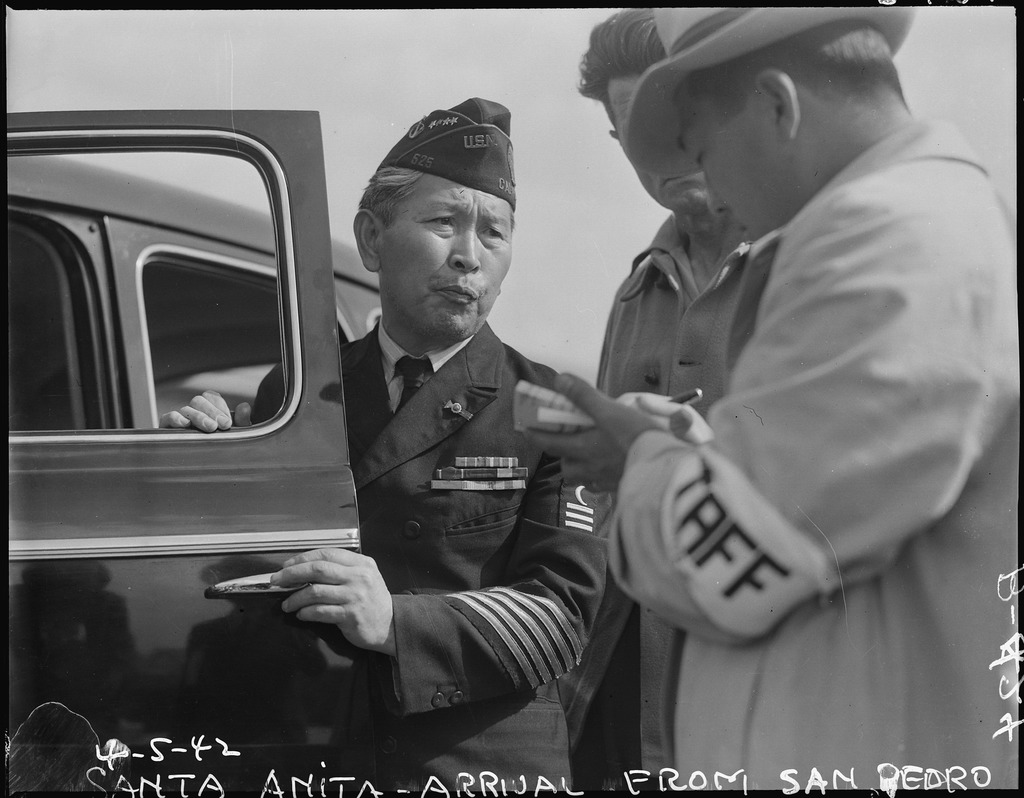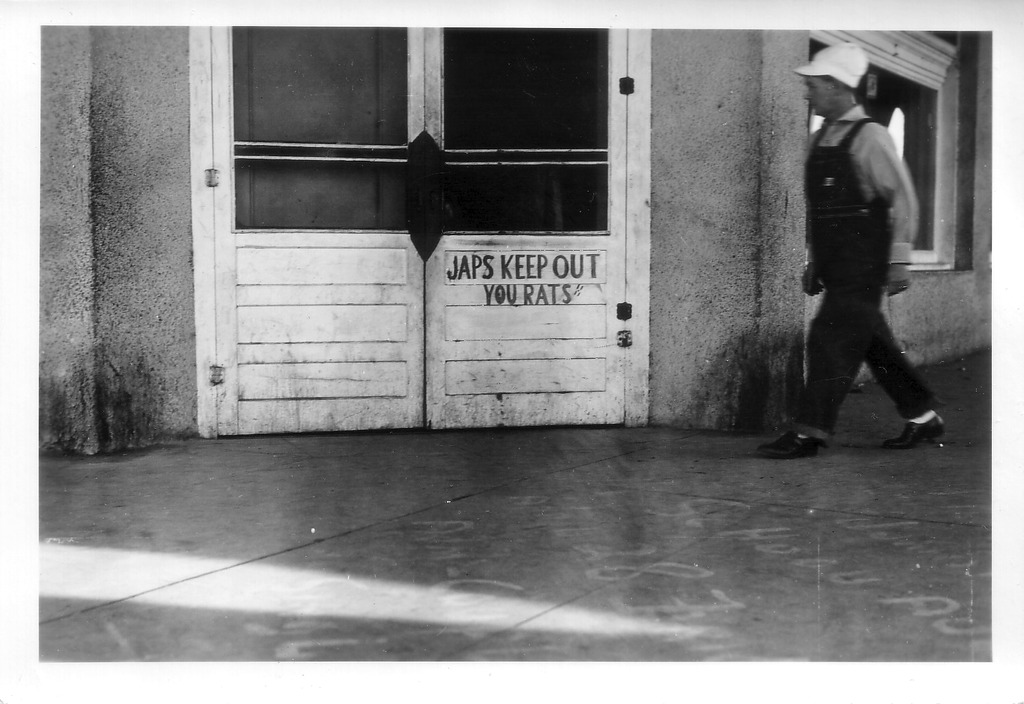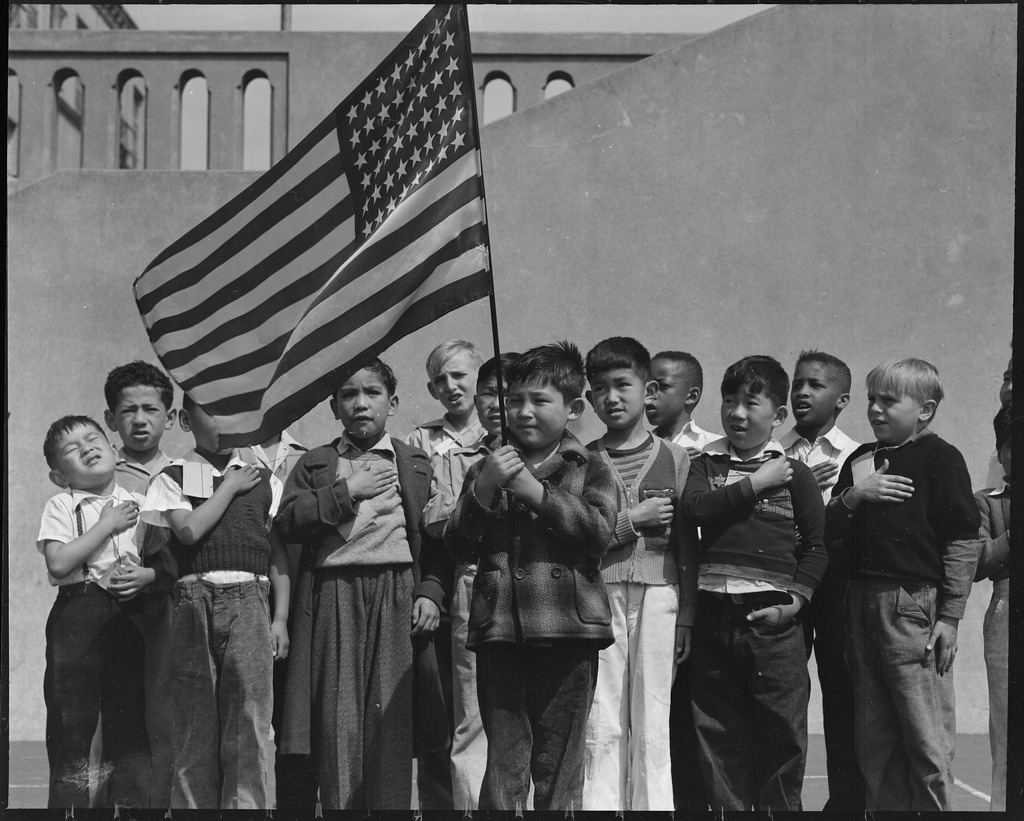April 3, 2020
In an op-ed for The Washington Post this week, former Democratic presidential candidate Andrew Yang urged Asian Americans to combat a recent surge in anti-Asian hate by “embrac[ing] and show[ing] our American-ness in ways we never have before.” He praised Japanese Americans who volunteered for military service from WWII concentration camps “to demonstrate that they were Americans” — conveniently ignoring the state violence that narrowed their choices, and erasing those who were enlisted against their will — and concludes that Asian Americans who face racism today should likewise “show without a shadow of a doubt that we are Americans who will do our part for our country in this time of need.”
The crisis that he describes is very real. The FBI warned of an uptick in anti-Asian hate crimes after President Trump and other government officials repeatedly used racialized terms like “Chinese virus” and the “Kung Flu” to describe the novel coronavirus. STOP AAPI HATE, which tracks discrimination against Asian Americans related to the COVID-19 pandemic, received over 670 reports of verbal or physical attacks in its first week alone. But Yang’s claim that Asian Americans need only put on a polite smile and “wear red white and blue” to avoid racist abuse is ahistorical and dangerously wrong.
During World War II, Japanese American Citizens League leader Mike Masaoka made similar statements, counseling obedience and assimilation to quell anti-Japanese sentiment. Masaoka’s wartime respectability politics didn’t stop the hate, but it did undermine efforts to push back against the injustice of incarceration.

In an almost mirror image of Yang’s model minority appeal today, Masaoka wrote in his autobiography that, under his leadership, the “JACL urged its members to cooperate with authorities, buy war bonds, volunteer for civil defense units, sign up for first-aid classes and donate blood, look for good newspaper publicity, and, in short, do everything to project a favorable patriotic image.”
At a New Year’s Eve celebration a few weeks after Pearl Harbor, as hundreds of Issei men arrested by the FBI sat in jails separated from their families — some of them reported by JACL members who considered them “traitorous elements” within the community — Masaoka encouraged his fellow Japanese Americans to “assume [their] duties and obligations as a citizen, cheerfully and without any reservations whatsoever.”
Six weeks later — apparently unmoved by these performances of patriotism — FDR issued Executive Order 9066, authorizing the forced exile of Japanese Americans from the West Coast.
As the government finalized plans for the mass removal, Masaoka approached the army with a proposal to form a suicide battalion of Nisei soldiers, offering up their immigrant parents as hostages lest they falter in their patriotic duty. The proposal was, thankfully, ignored. But when the army began drafting Japanese Americans out of the camps, the JACL stigmatized more than 300 young men who refused to risk their lives for the country that had imprisoned them, suggesting they be charged with sedition on top of Selective Service violations and publishing editorials calling them “draft dodgers” who had “injured the cause of loyal Japanese Americans everywhere.”
These gratuitous demonstrations of “loyalty” — from Masaoka and others who shared his views — did not save Japanese Americans from the trauma of incarceration. On the contrary, the silencing of dissenting opinions drove a wedge through the community during a time of crisis, and created deep wounds that still fester today.

The Nisei soldiers who Yang cites in his op-ed faced racist attacks themselves — in some cases even while wearing a U.S. Army uniform. In one of several examples of terrorist violence aimed at Japanese Americans returning to the West Coast, the family of Shig Doi, a soldier in the 442nd who was part of the famed Rescue of the Lost Battalion, endured a two-night ordeal that involved the attempted dynamiting and arson of their packing shed, followed by shots fired at their house from passing cars. Four men were arrested and went to trial. But despite a confession from one man that implicated the others, and a defense attorney who simply cited the Bataan Death March while arguing, “This is a white man’s country,” the all-white jury acquitted the men of all charges.
Shig later recounted in an interview, “I was getting shot at from the enemy, and then at home in my own country, people were shooting at my dad. I was risking my life for this country, and my government was not protecting my folks.”

Japanese American military service did play an undeniable role in easing anti-Japanese sentiment after the war — but so did coalitions with other communities of color, the nation’s attention shifting to the Cold War and the Civil Rights Movement, and many other historical events that make Yang’s analogy ring false today.
Yang is severely mistaken if he thinks the lesson we should take away from our history is that Asian Americans can, or should, escape racism by appealing to racists. Japanese Americans tried to prove their loyalty to this country during WWII, through military service, through quiet endurance, and, in some cases, through the vilification of those who chose to exert their American-ness in acts of civil disobedience. These demonstrations did not prevent the uprooting of our community, the years of incarceration without trial, or the onslaught of rhetorical and physical hate directed at Asian bodies.
Should we, as Yang says in his op-ed, “step up, help our neighbors… and do everything in our power to accelerate the end of this crisis”? Absolutely. Many Asian Americans are already creating community support networks to supply our elders with groceries and ensure that Chinatown and Nihonmachi businesses stay afloat. But flag-waving allegiance should not be a prerequisite for ending anti-Asian violence.
Putting on a model minority show of hyperpatriotism and unrequited loyalty will not protect us. What will protect us is solidarity. With Black folks creating pathways to liberation through both white supremacy and anti-Blackness from other people of color. With Indigenous peoples fighting to protect and nurture the land on which we stand. With survivors who are already intimately familiar with the consequences of victim-blaming, and actively engaged in building a world where we need not “prove” our worth. And with Asian Americans striving for true justice, not proximity to whiteness.
Now is not the time to cull the dissenters and resisters from our communities. Now is not the time to retreat to the center and erase those who live on the margins. Rather than appealing to notions of loyalty and “American-ness” that demand we sacrifice our cultural and political identities as a price of admission, let us instead build our own power and mutual support.
We are enough, and we have nothing to prove.
—
By Densho Communications Coordinator Nina Wallace
[Header photo: Original WRA caption: San Francisco, California. Flag of allegiance pledge at Raphael Weill Public School, Geary and Buchanan Streets. Children in families of Japanese ancestry were evacuated with their parents and will be housed for the duration in War Relocation Authority centers where facilities will be provided for them to continue their education. April 20, 1942. Photo by Dorothea Lange, courtesy of the National Archives and Records Administration.]
